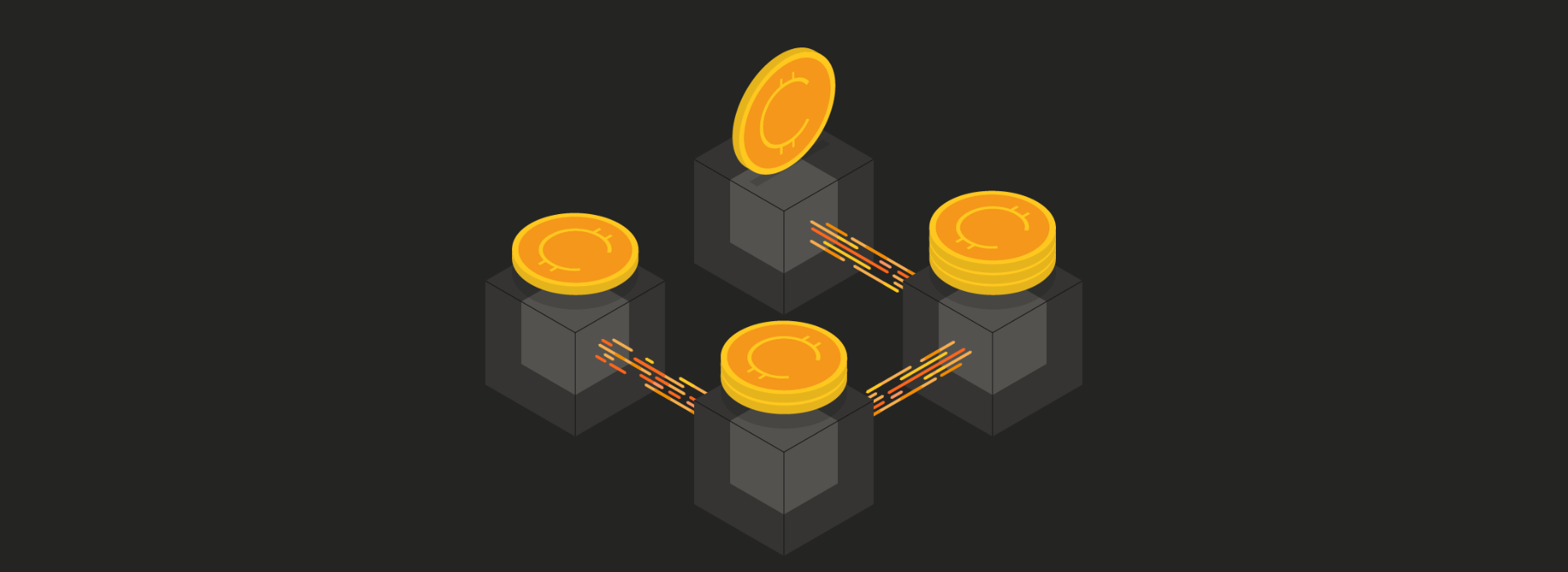The next generation of blockchain – and banking: Fusing the flexibility of crypto with the convenience of fiat
May 14, 2024 | By Raj Dhamodharan
To be safe and effective at scale, a network of any kind needs rules, standards and safeguards. It was true 50 years ago when we built a payments ecosystem where all participants benefit. It’s true for open banking and domestic interbank networks. And we are demonstrating it today for the world of digital assets and programmable payments.

Last summer, we announced the Mastercard Multi-Token Network to bring a set of tools and standards to power innovative new business models across various sectors leveraging tokenized bank deposits. Now, after months of beta testing, including a first-of-its-kind Innovation Sprint, MTN’s promise is closer to fruition.
With Standard Chartered Bank (Hong Kong) Limited, Mox Bank Limited and Libeara, we are piloting paying for a tokenized form of carbon credits with tokenized deposits. Last late year, we completed another pilot in Hong Kong that demonstrated MTN’s ability to settle digital asset transactions involving decentralized applications, and wrapped up a similar project in Australia. In all cases, our network standards and infrastructure successfully enabled trusted transactions on the blockchain using either tokenized deposits or central bank digital currencies.
MTN, which is built on our private, secure blockchain, unites the technology’s versatility with Mastercard's governance, compliance and convening power to create a platform for the next generation of financial applications. This unlocks more opportunities and capabilities to transact in the digital assets space with the balance in your bank account. Importantly, MTN is grounded in trust. To realize the full potential of blockchain technology and revolutionize cross-border and business-to-business payments, we believe it must be safe, secure and scalable.
Building on years of experience developing network capabilities for banks, we are offering simple ways for them to apply this kind of programmability to bank deposits. Banks do not need to run a new blockchain ledger to participate in MTN; they can start with existing interfaces, such as cards, for simple use cases and can upgrade to standards-based APIs to power more complex use cases.
Inspiring the next financial services innovations
A range of app developers — including Coala Pay, Inveniam, Fresh Supply Co., Senken and Vayana, among others — are already turning their attention to MTN, channeling blockchain’s power to transform everything from loan disbursement to carbon credits.
For example, the property transaction company Coadjute is moving the escrow process to the MTN blockchain, creating a transparent infrastructure for the transfer of funds. In any real estate sale, waiting for paperwork to clear can take weeks. Meanwhile, the down payment is trapped in escrow, where neither the buyer nor the seller can earn interest from it. The Coadjute app allows the buyer to put a hold on money in their bank account; a smart contract then automatically releases the payment once conditions are met.
Coadjute is also exploring automated earmarking – the process of setting money aside for a specific purpose – which is enabled by a blockchain system and combined with MTN rules that subject each party to the earmark conditions. This makes a near-impossible process simple, with transactions automatically triggered — no additional communications, no confusion, no delay. We’ve explored automated earmarking with the Hong Kong Monetary Authority’s (HKMA) e-HKD Pilot Program to successfully use smart contracts to ensure the quality and delivery of physical goods.
Pairpoint, a Vodafone company, is using MTN to enable more seamless and automated money movement to support their vision of device-to-device interactions, starting with electric vehicle charging payments. With the Polytrade app, investors can finance fractions of invoices and sellers can manage the complex payment flows automatically.
App developers are responsible for managing the complex business processes necessary to facilitate payments, but their products are brought to life by MTN’s money movement building blocks, rules and protection mechanisms. An application can connect to MTN and instantly work with every financial institution on the network. This establishes a secure space for banks to explore new services.
What’s next?
In select countries, the MTN beta is acting as a testbed for new payments and commerce capabilities. As we bring more applications online, we are working in parallel to connect financial institutions to the network. This is a virtuous cycle: When additional banks join, MTN becomes more attractive to application providers, and as we integrate novel applications, the network’s benefits grow for financial institutions and their corporate customers.
We expect this to take time, but we are striving to ensure that from day one, our network is valuable to all participants, empowering people and businesses everywhere to transact with digital assets with greater flexibility, efficiency and control.